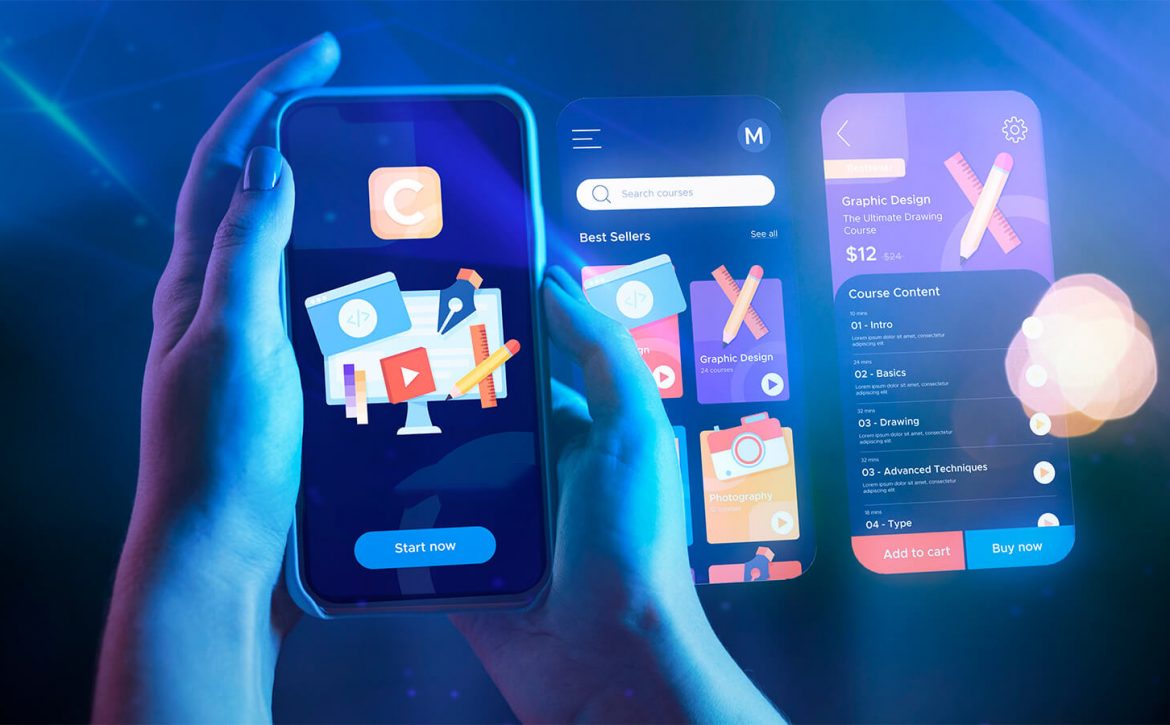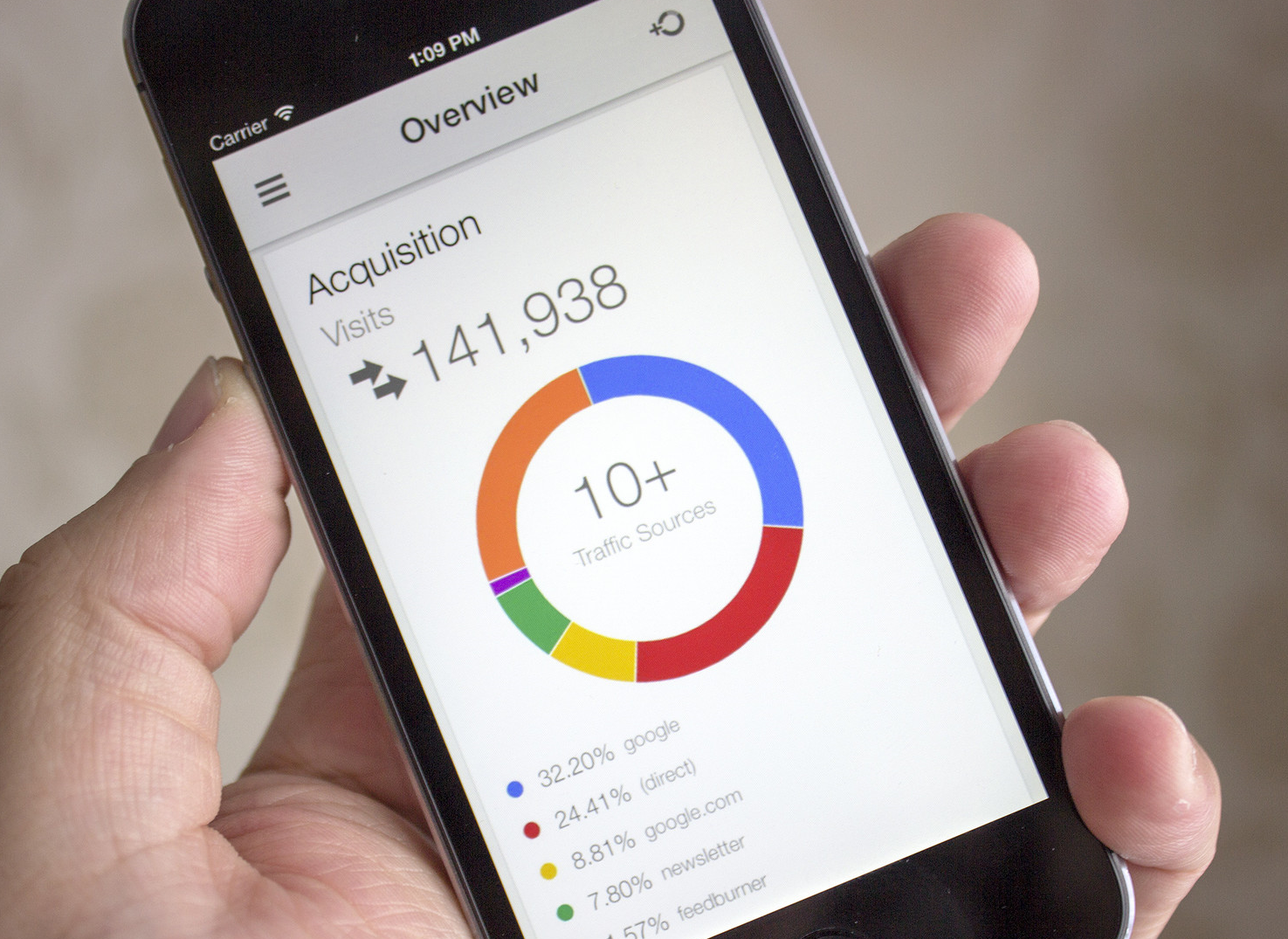Building Secure and Scalable Applications: Best Practices from GoodWorkLabs
In today’s fast-paced digital world, businesses depend more and more on safe and scalable apps, to meet rising user needs. A leading software development company, GoodWorkLabs has developed a reputation for creating cutting-edge solutions that put security and scalability first. The best practices used by GoodWorkLabs to make sure their applications are reliable, secure from attacks and able to handle rapid user growth will be discussed in this blog. Businesses may improve their application development processes and provide outstanding user experiences by putting these established concepts into practice.
1) Emphasis on Security and Data Protection
One of the key practices followed by GoodWorkLabs is placing an extremely strong emphasis on security and data protection. There is a high priority placed on protecting sensitive data and preserving user confidence and this is carried out by integrating state-of-the-art security measures throughout the application development process. Secure and dependable mobile applications are developed by doing thorough code reviews, deploying powerful authentication systems, utilizing encryption techniques and continuous updates and monitoring in order to quickly fix any potential vulnerabilities. Let us now have a look at the different practices employed by GoodWorkLabs to ensure high end security and protect data and their importance:
- Code Reviews: A thorough code review is one of their main procedures. This detailed review procedure is carried out during the entire development lifecycle and it involves a careful analysis of the coding to spot any potential security flaws. To guarantee the application complies with the highest security standards, regular audits and security assessments are carried out.
- Strong Authentication System: Strong authentication procedures are put in place to prevent unwanted access to sensitive data. To make sure that only authorized users may access the application and its important data, multi-factor authentication (MFA) and OAuth are used. This extra layer of security provides additional defense against unwanted access attempts and lowers the possibility of data breaches.
- Data Encryption: Another essential aspect of GoodWorkLabs’ security strategy is data encryption. Sensitive data is encrypted both during transmission and when at rest using industry-standard encryption algorithms. This encryption ensures that even if data is intercepted during transmission or compromised in storage, it remains unreadable and inaccessible to unauthorized individuals or cyber attackers.
- Regular updates and patches: To address known security vulnerabilities promptly, it is important to conduct regular updates and patches. By keeping software and libraries up-to-date, the development team can quickly address any identified security flaws, ensuring the application remains secure and protected against emerging threats.
- Web application firewalls: WAFs are implemented in order to stop Distributed Denial of Service (DDoS) attacks and prevent unauthorized access to the application. These firewalls serve as a defense mechanism, keeping an eye on incoming traffic and filtering out dangerous requests to protect the program from potential online dangers.
- Securing APIs: GoodWorkLabs ensures that the application’s APIs are secure, well-documented, and protected against typical risks like SQL injection and Cross-Site Scripting (XSS) attacks. Secure API’s help maintain the integrity of the application’s data and unwanted access to key capabilities.

2) Ensuring Scalability
Another important practice followed by GoodWorkLabs, is ensuring scalability while developing mobile applications. In order to guarantee that programs can handle growing user demands without degrading performance, they deploy a combination of strategic techniques. Let us now have a look at different practices that you can follow to ensure scalability of your app :
- Cloud infrastructure: The use of cloud infrastructure is one of their main practices. Having access to scalable resources on-demand by collaborating with top cloud providers like AWS, Azure and Google Cloud can help the application dynamically modify its resources based on user demand and maintain top performance at all times.
- Load balancing: Another essential aspect of scalability is load balancing. In order to uniformly divide incoming traffic among several servers, GoodWorkLabs uses load balancers. This ensures a seamless and responsive user experience by preventing any single server from becoming overcrowded and leading to performance bottlenecks.
- Data caching: This is used frequently to improve application speed. Caching eliminates the need for repetitive database queries by storing frequently accessed data nearby to the user. This improves the overall scalability and efficiency of the program by creating faster response times and lower database loads.
- Asynchronous processing: Asynchronous processing is used to manage time-consuming procedures without interfering with crucial duties. Non-essential activities can be carried out separately by using queues and background tasks, freeing up resources for important tasks. This approach improves the application’s ability to scale gracefully as the user base expands and optimizes resource allocation.
- Horizontal scaling: An important method for accommodating growing user numbers is horizontal scaling. By building apps that expand horizontally by adding extra servers as necessary rather than depending simply on strong individual servers, the performance of the application is guaranteed to be reliable and responsive regardless of user load.
- Continuous performance monitoring: In order to be scalable, this practice is extremely important. It helps spot potential bottlenecks and areas for improvement by routinely evaluating the performance of the application. Through proactive optimization based on performance insights, the application’s scalability and resilience is maintained and can help meet any future growth in user demand.
In conclusion, GoodWorkLabs, the top mobile app developer in the world, talks about the best practices to create safe and scalable applications. Data encryption, strong authentication and strict security protocols are the three areas where GoodWorkLabs places the most emphasis to protect user information and fend off threats. Their proficiency in using load balancing, caching, and constant performance monitoring, along with their knowledge of cloud architecture, enables them to develop scalable systems that can cope with increasing user demands. By following the practices mentioned above you can build the best secure and scalable application.
Since 2013, the leading software and app developer, GoodWorkLabs has been at the forefront of providing cutting-edge solutions. With an outstanding track record of accomplishment, several accolades and a large skill pool of developers, GoodWorkLabs stands as a testament to excellence in the industry. Our clientele includes companies such as Flipkart, Decathlon, Licious, Mercedes Benz, CRED and many more. Our services range from iOS and android app development to React Native, Flutter application development, Apple watch, Xamarin app development and cross platform development. GoodWorkLabs can help build the best application for your business. For more information please visit our website.




